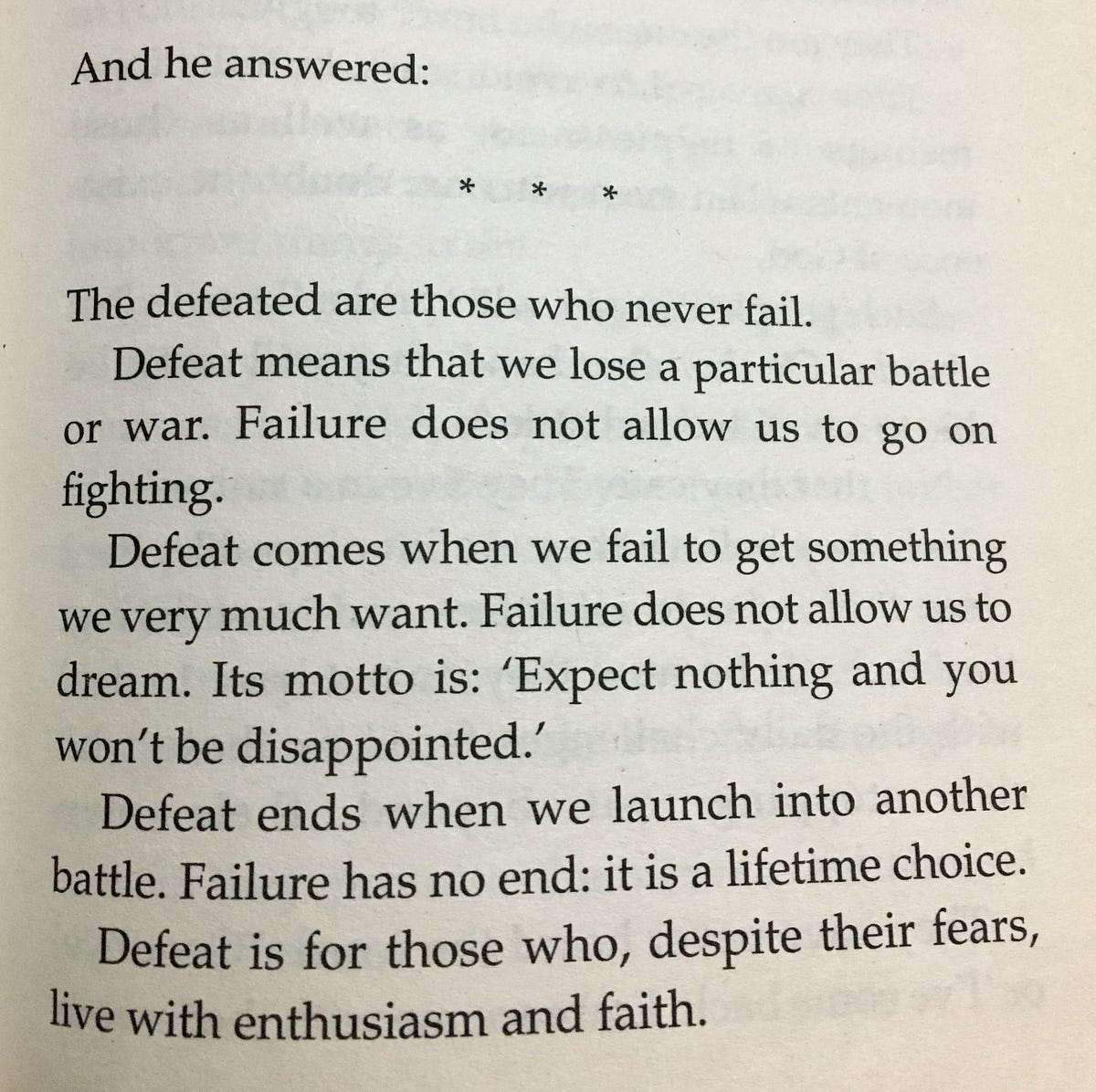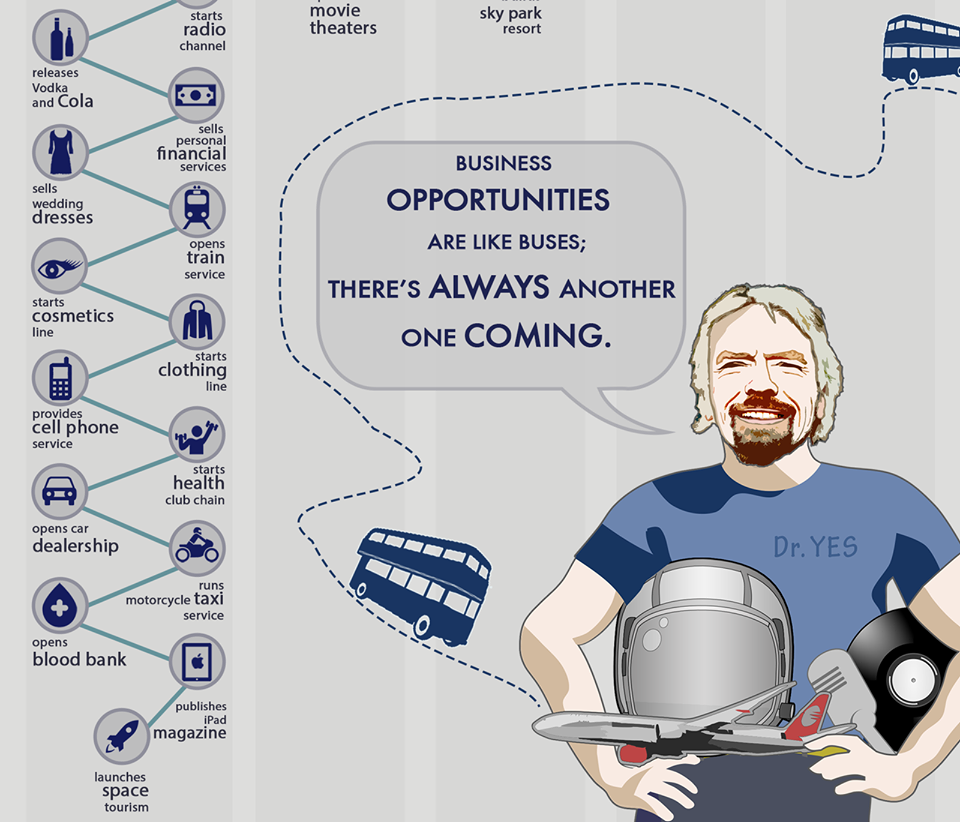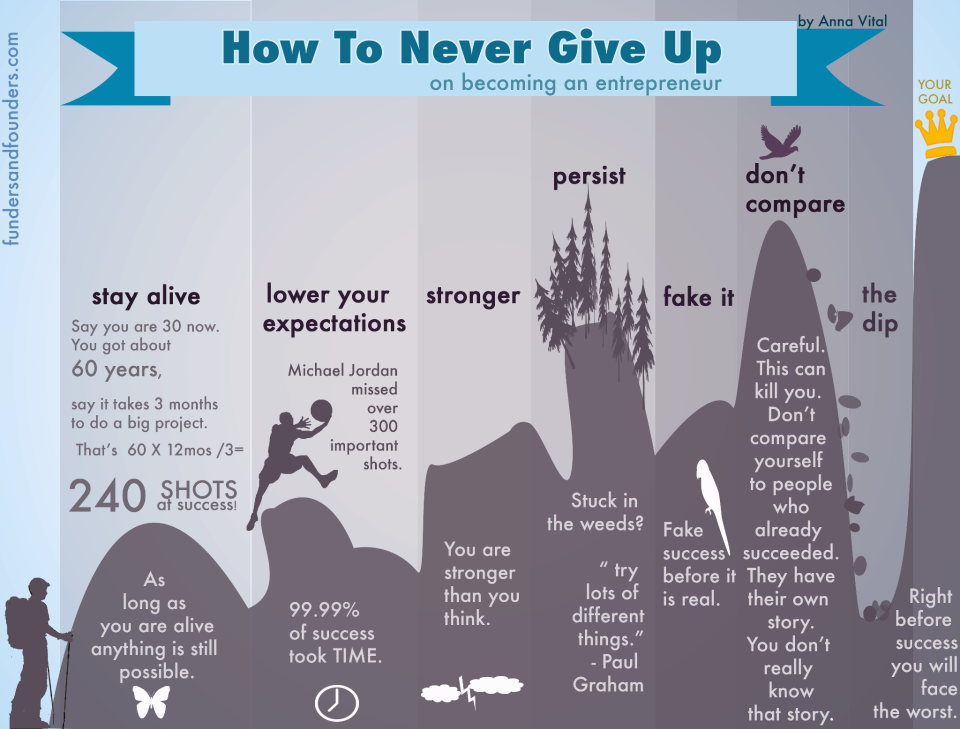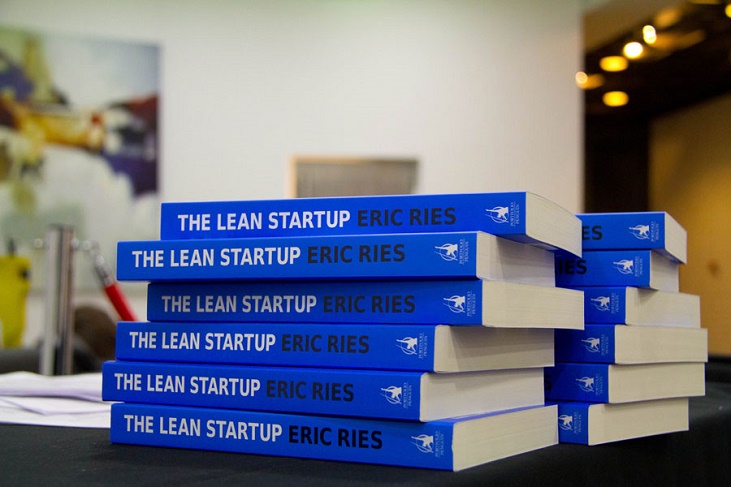This topic came up twice within the past week and then I realized many people read a lot about how to start but most don’t pay attention to how to quit. Nobody talks about it even, it’s considered taboo or a negative thing among our larger society. Ironically, it’s as important as starting and after your first startup, it becomes even more important than starting.
In Pakistan, I am sure this is more of an epidemic by now as last few years saw a number of founders going all-in with their first startups and I am sure our failure percentage is at least comparable to global 90% while we mostly try to do all of this without much support or structure. The end-result is a lot of founders still dragging it along or they have already succumbed to their family demands, going away to get married, drive family businesses or to get settled with stable jobs.
Maybe you are thinking of quitting, maybe you already have thrown the towel and now your inner-critic and society-at-large is taunting and reminding you every day that you are a quitter. Maybe reading about my story and perspective will console you, maybe it will give you hope and maybe you will start again.
Full Disclosure: I didn’t learn this in a day, this is the result of at least 8 years of dasht-nordi (entrepreneurial journey).
Let’s first decide how you define quitting?
Is quitting a Defeat or a Failure?
I read a book called Manuscript Found in Accra by Paulo Coelho. It’s always on my side-table, protects my night-time glass of water from uninvited tiny guests. There is one more reason for it to stay that close to me; no matter from where you open it, you will find a paragraph full of wisdom. Let’s consider the following for today:
“Defeat ends when we launch into another battle”.
Startups are hard. They are not a paved and proven path passed down to us from our ancestors. We solve problems, sometimes we pick wrong problems to solve, sometimes we get to know that the solution we envisioned is going to increase the problem or give birth to another problem. Then there are countless other reasons, for example, you may choose a wrong co-founder, a wrong investor, wrong market or you just got beaten to death by a powerful rival.
Now, the opportunity you were looking at is gone, what will you do? Drag it along or will take time out for reflection, learn from your mistakes, fill out the knowledge gaps and launch a fresh?
When you launch a fresh, I don’t call that a startup 2.0, I call that a founder 2.0. The first startup just upgraded you to a whole new level.
Of course, you never start any war to lose but within the startup community, even though positive mindset is much stressed, everybody understands if you accept defeat for the first few times. That’s why quick failure is appreciated in our community. It’s like going to the gym, you can’t gain muscle in your first month, however, if you are consistent, you can probably show off those biceps in month number 6 or 12 or 24.
All those young founder success stories you hear, they just got lucky and by lucky means, they did all the right things at the right time (and obviously had the skills to do them right) and things outside of their control were also aligned. Other people were just like you and me, don’t believe me? Open up any biography of Jack Ma or Elon Musk.
This brings us to our next insight:
Opportunities are like buses!
I know you wouldn’t agree with me at first, read it again! Are they not? Aren’t they everywhere? I understand you were so passionate about the problem you were solving, you gave it literally everything you got, now you are broke and have lost the opportunity, what will you do next?
- Drag it?
- Try to make it work?
- Cry?
- Quit on yourself and go do farming with your dad?
- Or maybe, just maybe, you have another bigger, better problem to solve? Maybe your new-found skills make you a better person to solve this new problem? Trust me when I say that opportunities always line-up for a creative problem solver such as yourself, just look around!
Look at what Richard Branson has done for himself:
This brings us to our next section where talk about the ideal timeframe you should give to a project.
Average time for a project
Just look at following infographic:
Yes, I know you will go straight to the “stuck in the weeds” part, I did that too when I saw this years ago. I was running a services business (more on this later) and I wasn’t stuck in the weeds, I just wasn’t looking at the first part of the infographic.
Yes, you get it right now:
3 months is the average time you should give to a project.
Let me first say, this time is just for reference, a milestone, if you have crossed it and already have learned the lesson that you are at the wrong side of things, change now!
If not then maybe you have crossed the first milestone, set another at 6 months, another at 1 year and reflect again!
To give you an example of how it works for successful companies, the beta version of now billion-dollar-valued Careem was out in just 6 weeks. They started testing it with drivers and customers, rest of 6 weeks were enough for them to know if it’s gonna work or not and this sharp focused approach actually worked. That is why we have all these concepts of MVPs and Lean machines. Do it quick, fail quick, iterate, repeat. Find your answer!
My quitting hall-of-fame
My average time before quitting is 1 year and trust me, when I look back I just see an aimless drag after the first 3 months.
My hall-of-fame goes like this:
- Service company: 3 years (not a personality fit)
- Travel tech startup (flights): 1 year (investor backed-out just after project was launched)
- Travel tech startup (travel agents): 6 months (wrong product-market fit)
- Travel tech startup (taxi): 1 year (ran out of money, didn’t knew how to raise from outside)
- Long Buffer where I reflected, learned from mistakes (also stayed in limbo for a long time) and learned how to network, raise investment and stay in mainstream instead of working on fringes (more on this sometime else)
- Current Technology Startup: 6 months (I picked a difficult thing but then the opportunity is huge, we hit obstacles but nothing to suggest so far that we are not in good space)
Give yourself buffer time
Between all those years, the time when I allowed myself to drift-apart is where the most learning happened. If I allowed myself to just jump on the next idea straight-away, that was a similar disaster as the previous one. If there are gaps to be filled then there is no reason to start again until you have filled those gaps.
And don’t take it as I knew it all when I was at it. I was as lost as any other, depressed, stressed, pulling my hair, fighting against going down the wrong path, etc.
Do whatever you can and take all the time you want but just don’t drag-along!
This brings us to our next insight about how we miss that quitting part altogether, because:
Nobody will say this on your face
True entrepreneurs are one of the most helpful lots you will ever see. We know the struggles and the pain and so we decide to help each other with whatever we have. We sit down together, we discuss, we find solutions. However, as humans overcome by empathy and also because we know that all of us are as stubborn as a rock and will not nudge until we pee on the fence by ourselves, we tend to look, discuss, focus and solve the short term problems with the startup and not discuss the long term bigger picture.
Nobody will ever say to your face (other than your personal mentor — as that is her job) that you are going down the wrong path and/or your nose is about to bleed and even if somebody says so, your brain is tuned to not receive those signals.
P.S Your family and friends will obviously say this and they may ask you to quit even before you start but … you know my point!
Step outside the box
Most of the time you have to see the bigger picture by yourself. To receive the signals about what your startup is telling you, I have started using meditation. Learning and practicing it every day gives my prefrontal cortex a 10 minutes rest and those 10 minutes are essential for my mind to step outside the box and look at the bigger picture with fresh eyes! You can start learning meditation with the help of Headspace.
The journey to make this world a better place passes through your personal growth as success is the product of how polished you are, how high you can fly.. Learn and relaunch as the journey must continue!











